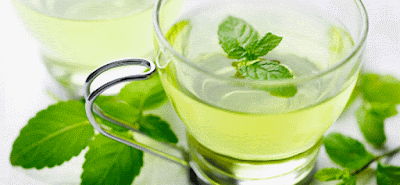Three experiments were conducted to determine
to what degree hand dryers transfer bacteria. All hand dryers in public
locations tested displayed transfer of aerobic microorganisms with an average
transfer of 58 CFU/cycle ranging from 2-238 CFU/cycle.
The 2nd experiment found the commercial hand
dryer with higher exit air velocity had a greater bacterial transfer rate than
the commercial brand tested with a lower air flow exit velocity. The 3rd experiment revealed that hand dryers can
spread aerosolized bacteria
at least 90 cm from the air exit and that foods with a rough surface such as
strawberries collect significantly more microorganisms (170,000 CFU/cycle) from
hand dryers compared to foods with smooth surfaces such as grapes.
Overall, the series of experiments show that
hand dryers aerosolize and spread microorganisms and the source of the
microorganisms can be from the air in the environment immediately surrounding
the dryer and from microorganisms residing on the outlet nozzle.













